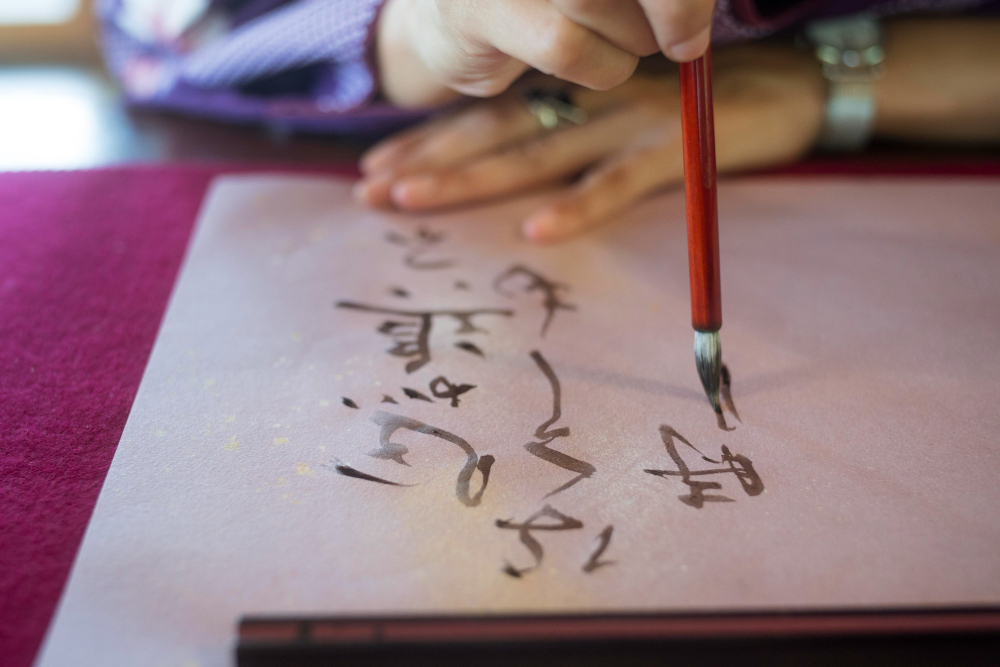Preservation of Cultural Identity
Art history acts as a custodian of cultural identity by documenting and analyzing artistic expressions from various societies. Through the study of artworks, artifacts, and architectural marvels, historians can decipher the historical context, technological advancements, and societal norms of different eras. For instance, the Egyptian pyramids stand as iconic symbols of ancient engineering prowess and religious devotion. Similarly, the intricate designs of Persian carpets encapsulate the artistic finesse of the Iranian people. By studying and disseminating these cultural artifacts, art history safeguards the essence of societies that have shaped our world.
The interconnectedness of Global Traditions
The study of art history unveils the interconnectedness of global traditions. Artistic exchange and cross-cultural influences have left indelible marks on artistic expressions worldwide. The Silk Road, for example, facilitated the exchange of ideas and aesthetics between East and West, giving birth to a fusion of styles that can be seen in the blending of Greco-Buddhist art. Similarly, trade routes across Africa and the Middle East facilitated the dissemination of artistic techniques and motifs, resulting in the vibrant and diverse art forms that exist today. Art history’s role in tracing these influences fosters a deeper understanding of how cultures have enriched and shaped one another over time.
Promotion of Cross-Cultural Understanding
Art history acts as a bridge for fostering cross-cultural understanding and appreciation. Through the lens of art, individuals can engage with unfamiliar cultures and traditions, breaking down barriers and dispelling stereotypes. For instance, the study of Indigenous art reveals the profound spiritual connection that these communities hold with the natural world. By appreciating their art, we gain insights into their deep-rooted reverence for the environment, fostering empathy and support for environmental conservation efforts. Similarly, the exploration of Japanese ukiyo-e prints offers a glimpse into the Edo period’s societal norms, promoting a better understanding of historical Japan.
Inspiration for Contemporary Creativity
Art history serves as a wellspring of inspiration for contemporary artists, allowing them to draw from a rich heritage of styles, techniques, and narratives. By studying the works of the Old Masters, modern artists can reinterpret classical forms and infuse them with contemporary perspectives. This creative dialogue between the past and the present enriches artistic expression, creating a continuous cycle of innovation and revitalization. For instance, artists like Kerry James Marshall draw from art historical references to address contemporary issues of race and identity, anchoring their work in a broader cultural context.
Conclusion
Art history’s role in shaping global heritage is indispensable. By preserving cultural identity, highlighting interconnectedness, promoting cross-cultural understanding, and inspiring contemporary creativity, art history enriches our understanding of the world’s diverse cultures and traditions. As we continue to appreciate the beauty and significance of artworks from different corners of the globe, we acknowledge the role that art history plays in weaving a tapestry of shared human experiences. In tracing traditions, art history ensures that the stories, beliefs, and values of our ancestors remain alive, relevant, and celebrated in the present and for generations to come.

Jass
Jass earned her bachelor’s degree in Computer Science, transitioning into a profession as a content writer. With a keen mastery of words, she takes pleasure in expressing her thoughts and ideas creatively. Her ability to captivate audiences with her imaginative write-ups stands out as one of her notable strengths.



